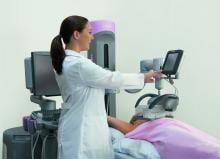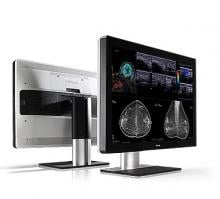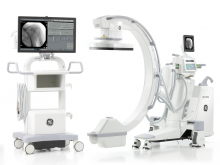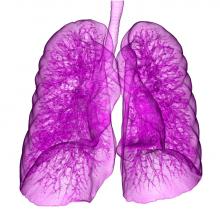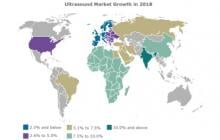Research shows that automated breast ultrasound (ABUS) is a strong companion to traditional mammography, particularly for patients with dense breast tissue. The comprehensive scan provides a better interpretation than traditional mammography, enabling radiologists to catch cancers that might not otherwise be visible.
What is ABUS?

